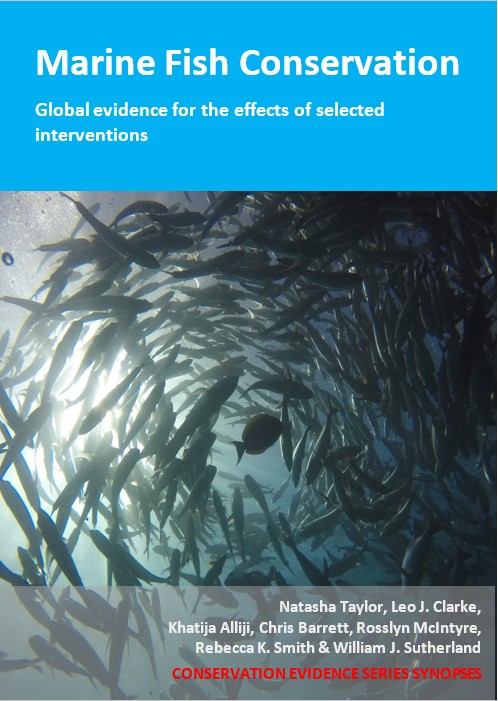Use hook and line fishing instead of other commercial fishing methods
-
Overall effectiveness category Awaiting assessment
-
Number of studies: 3
View assessment score
Hide assessment score
How is the evidence assessed?
-
Effectiveness
not assessed -
Certainty
not assessed -
Harms
not assessed
Study locations
Supporting evidence from individual studies
A replicated, controlled study in 1989–1993 at three seabed sites in the Tasman Sea off New South Wales, Australia (Otway et al. 1996) found that using longlines reduced the capture of unwanted small snapper Pagrus auratus compared to using trawls. At all three sites, snapper length caught on longlines was higher than those caught in trawls (longline: 252-317 mm, trawl: 193-266 mm). Overall, 26% of the 274 snapper caught on longlines were under the minimum legal size compared to 89% of 500 snapper caught in trawls. Trawling and longlining was done at the same three sites at three-month intervals from autumn 1989 to autumn 1993. At each site, three trawl hauls were done with a 42 mm diamond-mesh codend net, towed at 2.5 knots, for 20 minutes. A longline of 33 circle hooks of three different sizes baited with squid was used. At each site, 12 longline deployments were set for 2.5 h. Full gear specifications are detailed in the original paper. The length of all fish was recorded.
Study and other actions testedA replicated, paired, controlled study in 1991 in two pelagic areas on the central Scotian Shelf in the North Atlantic Ocean off Nova Scotia, Canada (Halliday 2002) found that longlines had a higher or similar size-selectivity for cod Gadus morhua and haddock Melanogrammus aeglefinus at larger hook sizes only, compared to using trawls. The length at which line-caught cod had a 50% chance of escape (selection length) was 41 cm, 54 cm and 63 cm for three hook sizes, from smallest to largest respectively. The two largest hook sizes were higher than a diamond mesh codend (50 cm), but only the largest hook size was higher than a square mesh codend (56 cm). For haddock, average lengths caught on the two smaller hooks (49–50 cm) were intermediate between those of the diamond and square mesh nets (46–51 cm) and that for the largest hook size was highest (53 cm). Fishing took place in October 1991 using a commercial fishing vessel in depths of 73–123 m. A total of 14,700 circle hooks of three sizes (9.7 mm, 11 mm and 14.7 mm barb length) were deployed on 53 longline sets fished for 6 h. Two otter trawl nets were used: a 130 mm diamond mesh codend and a 130 mm square mesh codend. A small-mesh (40 mm diamond) codend was used to sample the length ranges of fish. Three to seven trawl tows were made each day over 13 days, towed parallel to the set longline gear. The length of captured fish was recorded.
Study and other actions testedA replicated, controlled study in 2005–2006 of a fished area of seabed in the Gulf of St. Lawrence, Canada (Benoît et al. 2010) found that hook and line gears (longlines and handlines) resulted in greater vitality (indicator of survival potential) of discarded fish in a bottom (groundfish) fishery compared to other fishing gear types. Across all species, the proportion of fish with the highest vitality score (i.e. in overall better condition) was greater in hook and line fisheries (65–95%) compared to trawl and seine gears (10–68%) and gillnets (30%) (see paper for species individual data). Data were collected during the commercial groundfish seasons in 2005 and 2006 (months not reported) in the Gulf of St Lawrence. Four fishing gear types were compared: handlines, bottom-set longlines, mobile bottom gears (trawls and Danish and Scottish seines) and gillnets. Vitality of captured fish was visually assessed and scored (see paper for description of criteria) by observers onboard fishing vessels.
Study and other actions tested
Where has this evidence come from?
List of journals searched by synopsis
All the journals searched for all synopses
This Action forms part of the Action Synopsis:
Marine Fish Conservation





)_2023.JPG)














